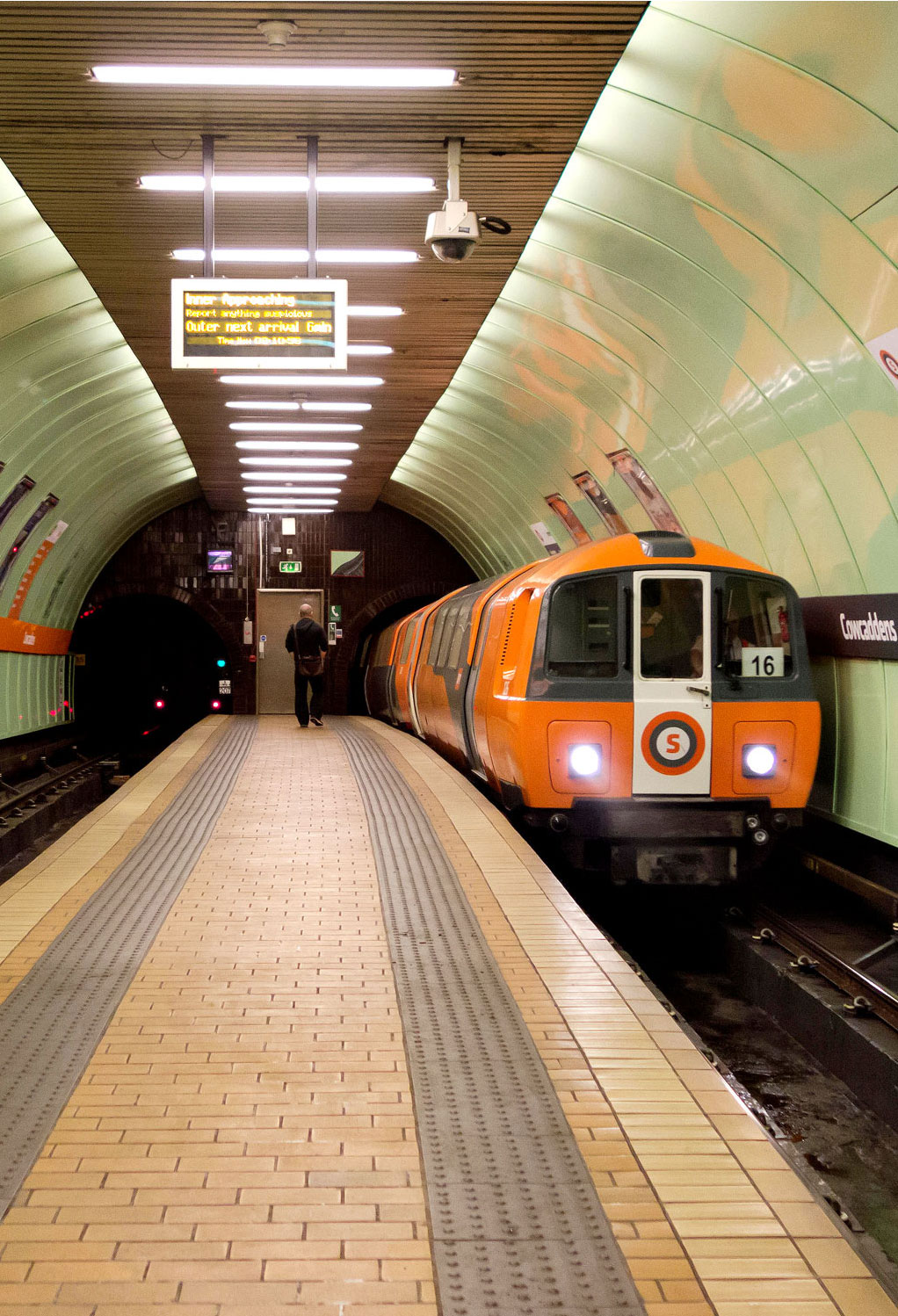In the wake of the Industrial Revolution, rapidly growing cities faced a newfound problem. Their streets — built wide enough for modest horse and carriage traffic — were now jammed to a standstill with public buses and private carts, trolleys and streetcars, delivery carts, pedestrians, and eventually automobiles. So, tunnels were dug beneath the streets — and subways were born. Wondering which cities were the first to build subways? The following 10 cities are home to the world’s oldest metro systems.
10. New York, New York
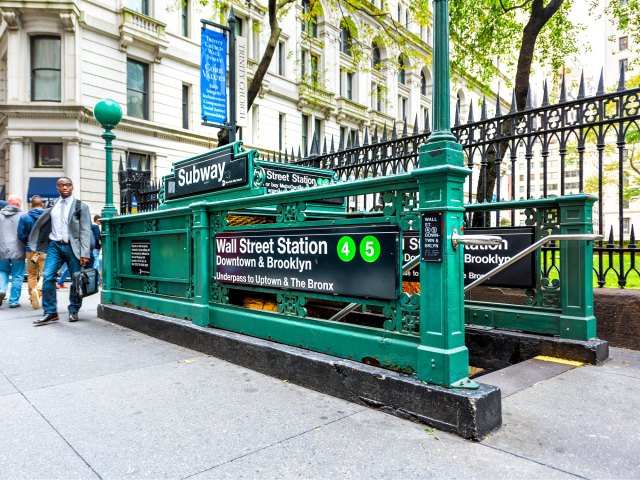
Year opened: 1904
Service on the New York City subway began on October 27, 1904. Back then, the city’s subways were privately owned and constructed, and companies raced to dominate the emerging market. The independent lines eventually linked to one another so passengers could transfer between them, and the city finally stepped forward and unified the system in the 1940s. But there remains one lingering difference between the systems: The tunnels and trains that run on the IRT lines (which are the numbered subway lines today) are narrower than those of the rest of the system (the lettered lines).
Today, there are 36 subway lines criss-crossing the Big Apple. They run on 248 miles of track and provide transportation for more than 4 million people each day, making it the largest transit system in North America.
9. Athens, Greece
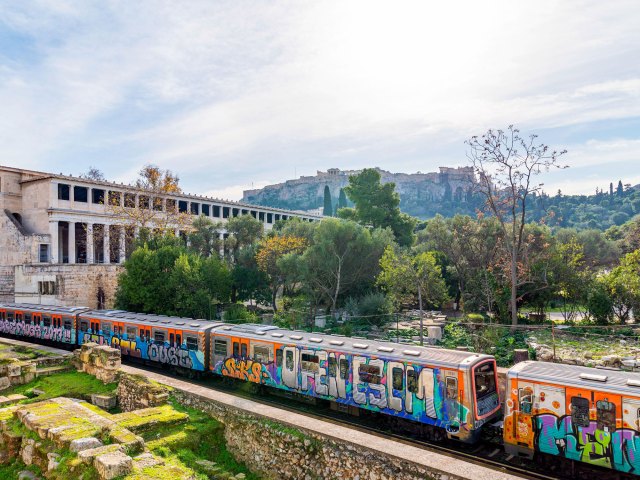
Year opened: 1904
While Athens’ original metro line dates to 1869, the underground tracks were originally laid for conventional steam locomotive service. The tracks were electrified in September 1904, from which time it was considered a rapid transit system.
As crews continue to dig additional tunnels to modernize and augment the Athens subway system, their shovels strike more here than they do elsewhere — like second-century Roman baths, Byzantine mosaics, ancient obsidian knife blades, burial sites, and massive stone-carved storage urns. The authorities have accepted that the tunneling process takes longer in Athens, so they plan around the antiquities: For a 1992 dig, teams of archaeologists started months before construction crews and then labored alongside the workers, cataloging artifacts as they were unearthed.
8. Berlin, Germany

Year opened: 1902
In the late 1800s, Berlin undertook the construction of a two-pronged mass transit system: an elevated electric train, the Hochbahn, and an underground electric train, the Untergrundbahn (shortened to U-Bahn). The terminal station of the oldest section of the U-Bahn, Warschauer Brücke on the northern side of the Spree River, was closed from 1961 to 1995 because it was beyond the Berlin Wall in East Germany. It was renovated and reopened to passengers in 1995 as the Warschauer Strasse station. The station now also serves as the starting point for the Berlin Wall Trail. The modern U-Bahn carries 530 million passengers each year through its 173 stations.
7. Paris, France
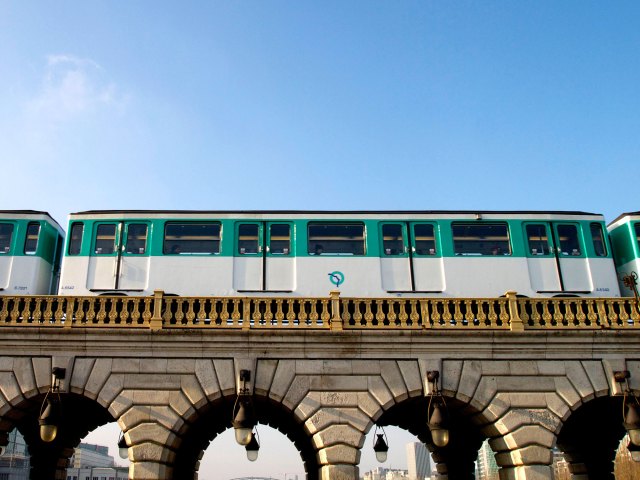
Year opened: 1900
The dawn of the 20th century in Paris brought a chain of exciting events: the Summer Olympics (the first in which women competed and the first held outside of Greece); a world’s fair called the Exposition Universelle, where inventions like the X-ray and the diesel engine were unveiled; and an upgrade to the Eiffel Tower with electric lights. Another auspicious event was the 1900 opening of the first portion of the city’s Metro, between Porte Maillot and Porte de Vincennes.
The extensive and reliable subway system now stretches 140 miles, with upwards of 1.5 billion passengers each year. Eighty-six of the station entrances are still adorned by the curvy Art Nouveau-style cupolas introduced in 1900 and emblazoned with the word “Métropolitain.”
6. Boston, Massachusetts
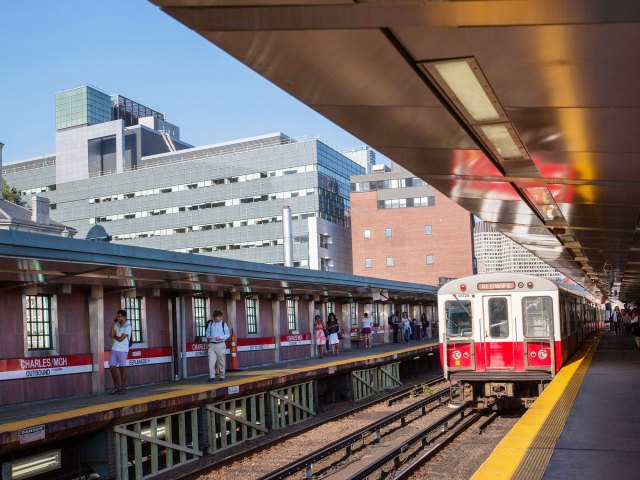
Year opened: 1897
North America finally got its first subway in 1897. Sure, Chicagoans had been riding the “L” for a few years prior, but the Massachusetts Bay Transit Authority decided to excavate a tunnel to divert electric streetcars underground, allowing them to pass under a congested stretch of Tremont Street.
While the tunnel was being dug, workers uncovered the graves of 90 people, who had been buried in a section of the Central Burying Ground that had been blithely paved over by a road project in 1836. The bodies were reinterred in the cemetery, and digging continued. The original four-track tunnel segment on Tremont Street, now registered as a National Historic Landmark, is still one of the busiest sections of the system, which is called the “T.”
5. Glasgow, Scotland
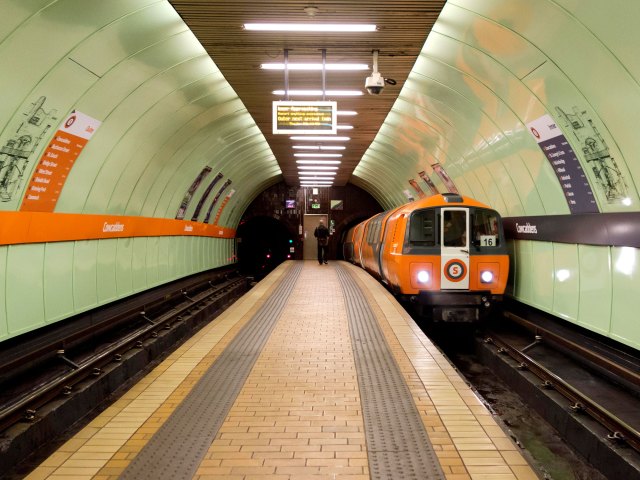
Year opened: 1896
The Glasgow subway system is nicknamed the “Clockwork Orange” (after Anthony Burgess’ 1962 novel) for its vividly painted railstock and single, circular loop under the city. The system’s sole line stretches just 6.5 miles long, but it is intersected by several above-ground commuter rail lines. The 11-station subway opened on December 14, 1896, initially as a steam-powered, cable-hauled system, before electrification in the 1930s. The system, which serves a relatively small area of Glasgow, has been the subject of debate over the years, as several expansions have been proposed but have never materialized.
4. Budapest, Hungary
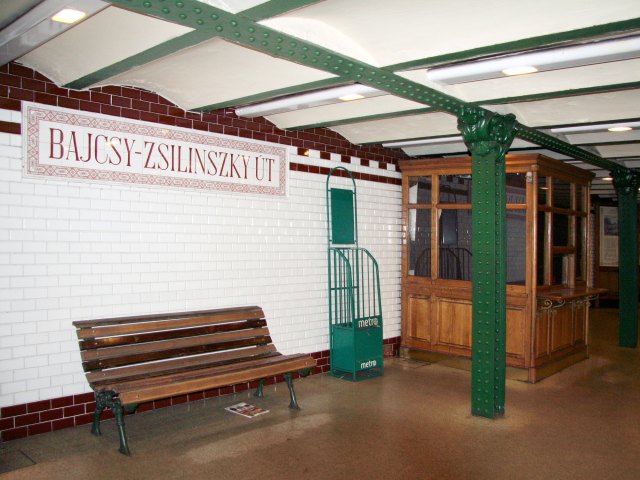
Year opened: 1896
The Budapest metro system, which opened in May 1896, is notable for being only 8.8 feet beneath the street. The subway, the oldest electrified system in Europe, was first constructed as part of the city’s millennial celebration. That original 2.3-mile section, Line 1, is still in use today. Building the shallow tunnel was done relatively quickly over 21 months by digging a trench down the street, then bricking up the open channel and paving back over the top.
The Budapest metro has expanded several times over its history, including a project undertaken on Line 2 during the 1950s, which includes a Cold War-era secret bunker with a tunnel leading to the Hungarian Parliament Building.
3. Chicago, Illinois
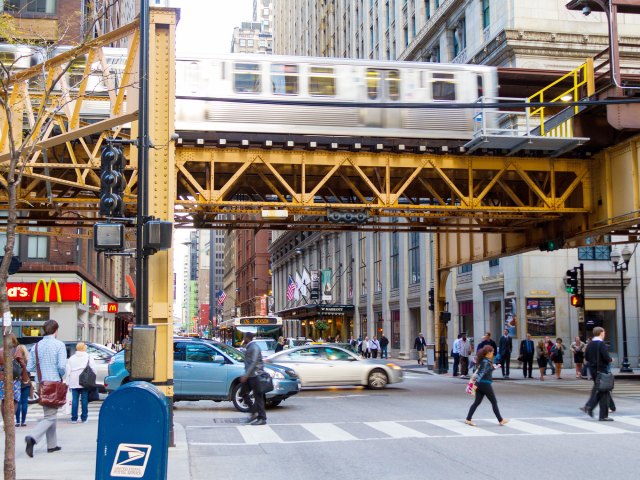
Year opened: 1892
Unlike the mostly underground trains on this list, the modern public transit system adopted in Chicago was originally a train line running along elevated tracks, which were cheaper and easier to build without disruption. Though it now includes underground portions, the “L” (short for “elevated”) took its first run in June 1892: a steam-powered, 3.6-mile trip along today’s Green Line between 39th Street and Congress Street stations.
Rapid modernization of the city — thanks in part to the successful 1893 Columbian World’s Exposition — led to expansion of the elevated tracks and a project to convert the entire system from steam to electric third-rail power (an invention introduced at the fair). The current “L” system, which still runs on third-rail technology both on elevated tracks and underground, is 224 miles long and carries an average of more than 420,000 passengers per day.
2. Istanbul, Turkey
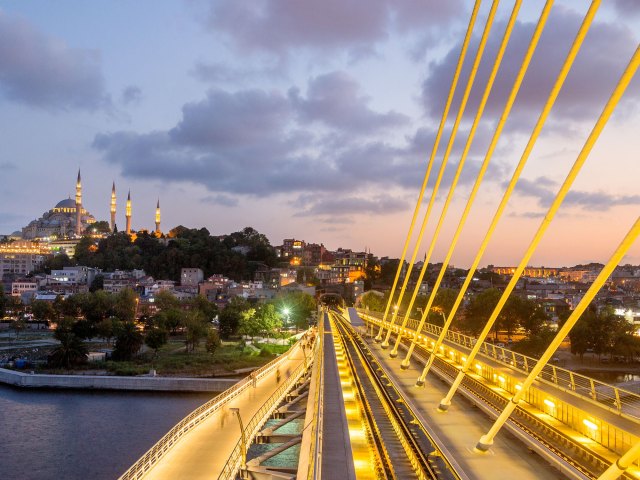
Year opened: 1875
The world’s second-oldest metro was built as part of Istanbul’s wide-reaching public transportation network, which also included ferries and above-ground trams. The first section of the subway, known as the Tünel, was proposed to the Ottoman government by a visiting French engineer named Eugène-Henri Gavand. He suggested that a tunnel be cut beneath the steep slope between Galata, at the Bosphorus River, and the Beyoğlu district.
That tunnel is a narrow, 1,820-foot long tube containing two sets of tracks. Originally, two wooden two-car trains operated in opposition in the tunnel, one coming and the other going at the same time. The trains were powered by a stationary steam engine that moved them via a single continuous belt, so that the acceleration of the downhill train counterbalanced the effort of the train climbing the hill. The engine was changed over to electricity in 1971, and the Tünel is still in use today.
1. London, England
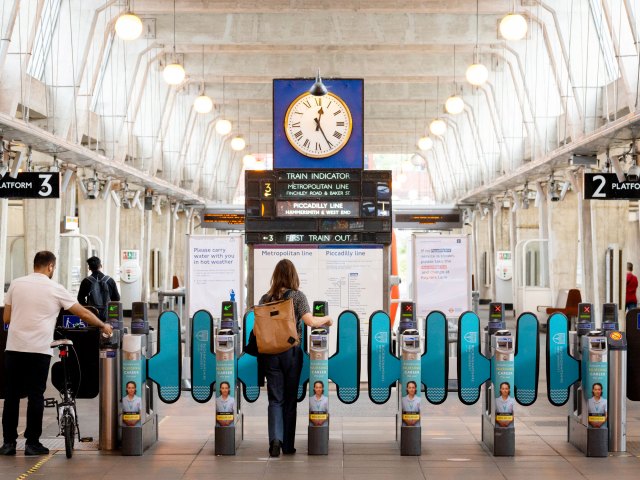
Year opened: 1863
Today, up to 5 million passengers use the London Underground (affectionately known as “the Tube”) each day, but the system was originally intended as a way to move goods and livestock as much as to transport humans. January 1863 marked the opening of the six original stations that make up the stretch of the Metropolitan line, from Paddington to Farringdon Street.
Additional lines, dug deeper below the surface, didn’t open until after the turn of the 20th century, when the reliability of electric trains and elevators adequately reassured investors to fund the project. The original 1863 stations and tunnels are still in use today, a small but busy part of the 250-mile, 272-station system.
More from our network
Daily Passport is part of Inbox Studio, which publishes content that uplifts, informs, and inspires.






